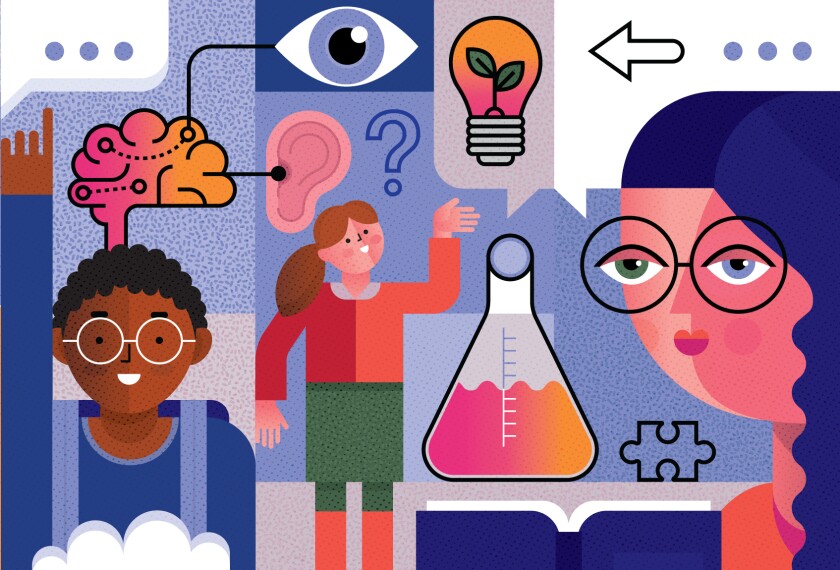Problem solving and entrepreneurial thinking are being integrated into STEM instruction in very creative and relevant ways. Many educators are also simultaneously figuring out how to encourage more girls and students of color to pursue studies in STEM areas, showing the kids how their participation could lead to lucrative careers down the road.
Our latest special report highlights what those approaches look like in action (or should look like) for elementary and secondary students, how curriculum and instructional priorities are changing to make this happen, and why such changes are so important at this moment in time.
The report also connects the dots between what is taught in K-12 schools and what employers need, featuring a collection of senior executives from U.S. companies weighing in on what problem-solving skills their current and future workers need.
“Companies need people who are interested in creativity and innovation, who want to know about best practices, who are never satisfied, and who challenge the ‘status quo’ behind the phrase: ‘We’ve always done it that way,’” said Karen McClendon, the chief human resource officer for Paychex, a payroll and benefits services company.
Below is a roundup of teaching methods that educators are using to help ensure their students are prepared to tackle the challenges of adulthood.
1. Pilot lessons

A free, relatively new curriculum that teaches students about the concepts of flying planes and drones is growing quickly nationwide. Learn more, here.
2. Social-emotional learning

Tammie Jo Shults’ Southwest Airlines flight blew an engine at 32,000 feet. A lifetime of learning—how to handle school stress and anxiety as a young kid, managing out-of-control jets as one of the first female pilots in the U.S. Navy, and her Southwest training—were put to the ultimate test that day. Read how students can relate to and learn from Shults, here.
3. Problem solving
A recent nationwide survey by Adobe, “Creative Problem Solving: Essential Skills Today’s Students Need for Jobs in Tomorrow’s Age of Automation,” found most U.S. educators and policymakers believe students should learn “creative problem solving” in school, but generally don’t. Here’s what top U.S. companies think schools can do better.
A New Mexico elementary school is already connecting math to real-world problems to give students a more sophisticated understanding of how math works.
4. Computer science

A recent research paper outlines how the field, once largely focused on workforce training, now also helps students use computing to explore their identities and express themselves creatively. Here are the stories of three Latina educators pushing the boundaries of computer science class.







